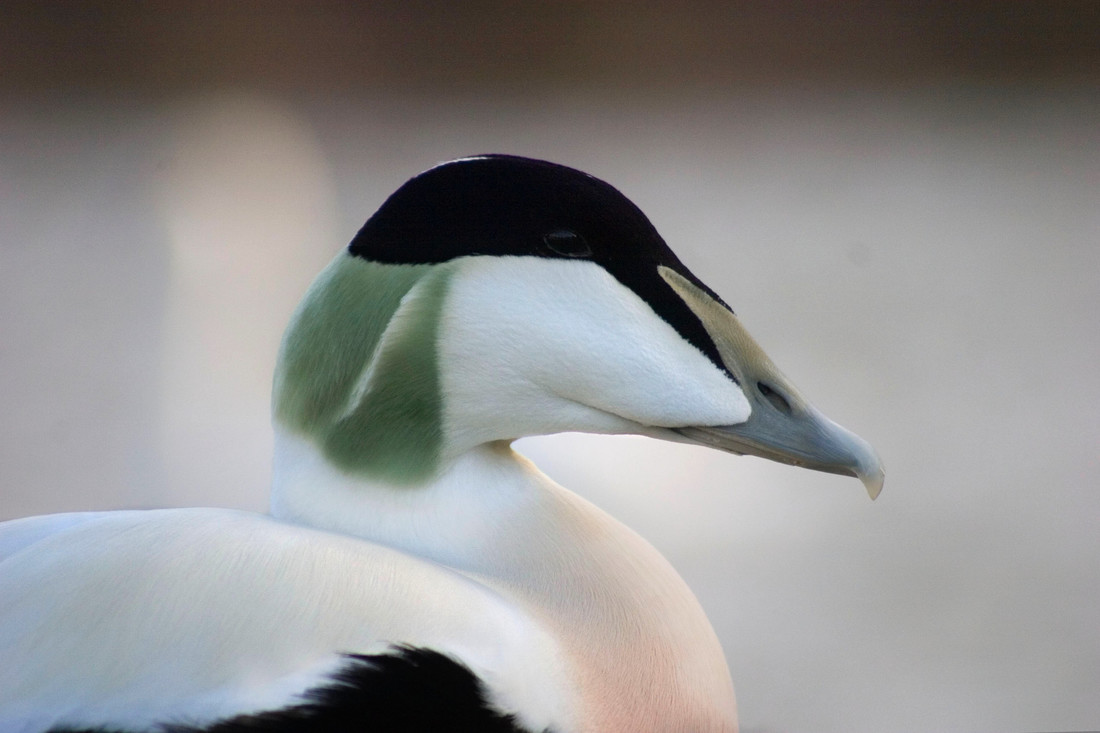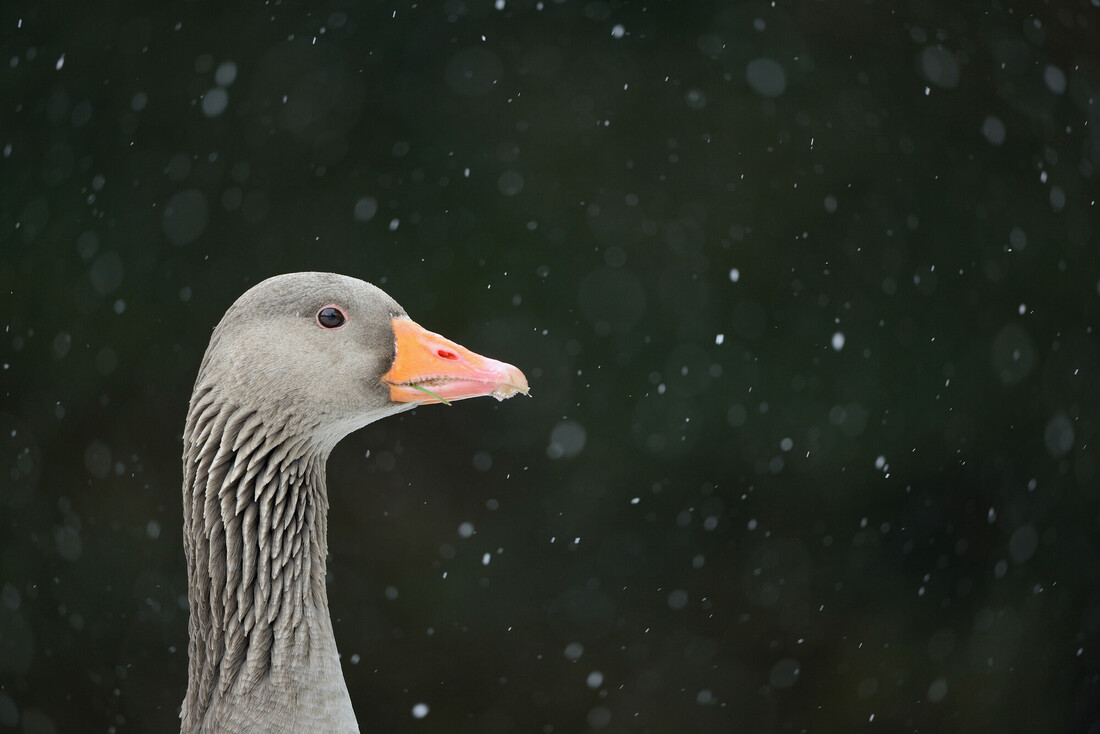Mad about moths at Martin Mere
We have recorded over 300 species of moths on our site! Take a look at some interesting facts about moths and how we record our species.
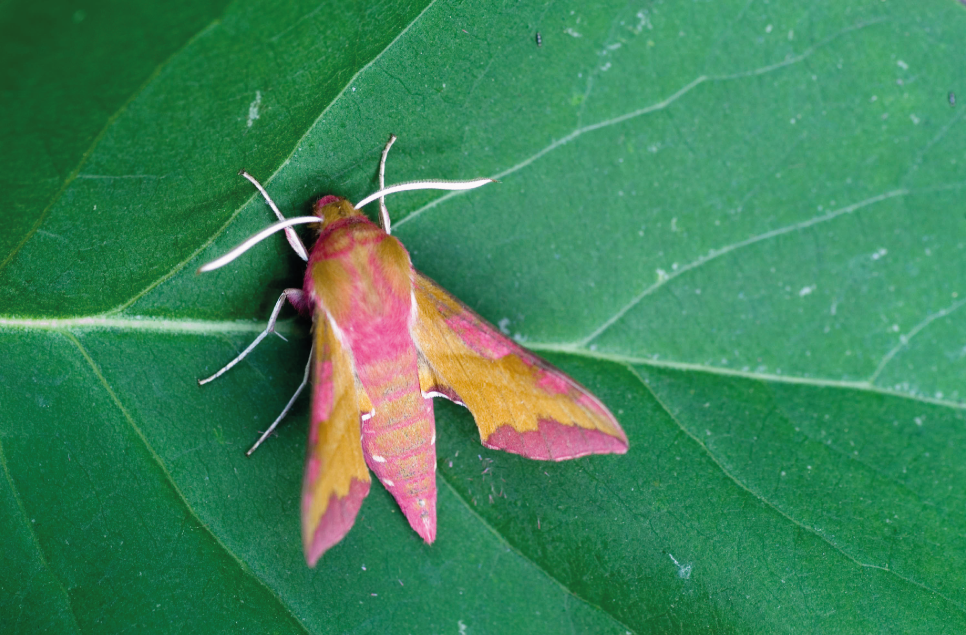
Photo shows elephant hawk-moth
WWT Martin Mere is home to over 300 species of moths. But did you know that the UK has a whopping 2,500 species? This becomes even more impressive when you compare it to the 59 species of butterflies in the UK!
When we think about moths, we’ll instantly picture them as the small brown moths we see flying into our homes in the middle of the night. However, you may be surprised to learn about all the fascinating and colourful moths.
Species come with different adaptations. Some fly during the day, but most at night. Some are brightly coloured, and some are more disguised.
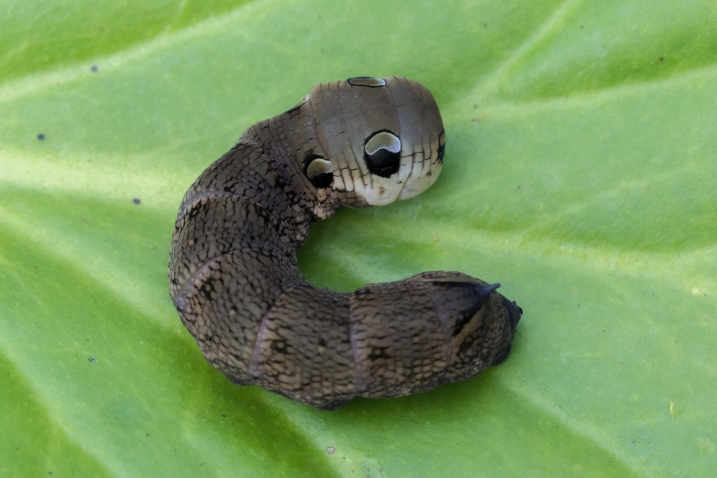
Photo shows elephant hawk caterpillar
The elephant hawk-moth is bright pink and yellow in colour, and also gets its name from its resemblance of an elephants trunk when it's in caterpillar form.
The ruby tiger can detect the bat's echolocation and, in response, folds up its wings and falls out of the sky. Some moths even squeak back at the bats to confuse their echolocation.
Some have evolved to look like other insects such as wasps or tarantulas to put off their predators. An example of this is the lunar hornet moth which you can take a look at in the above video. This was filmed last year, when we set up an artificial female perfume called a pheromone to attract this male.
Another one that may trick the human eye is the hummingbird hawk-moth. If you watch this fascinating species in flight, you’ll notice its movement mocks that of the hummingbird and you may be easily tricked into thinking that’s exactly what it is! Watch the fluttering of this moth as it moved from flower-to-flower. Thank you to our member, Jim Bevin, for taking this fantastic video near Ron Barker hide.
How do we record moth species?
So how do we know we have over 300 different species at Martin Mere? We record species using a moth trap which is set overnight. Moth trapping simply involves attracting moths to a light source or food source so you can take a closer look at them.
Our moth traps have a light at the centre, a funnel, and egg boxes for the moths to hide within to reduce any stress. Moths are attracted to the light and will enter the funnel and settle into the boxes overnight. Interestingly, you can not trap moths on a full moon as there are competing sources of light.
Come and see them up close!
Each day from May until August, we’ll be opening our moth trap in the morning to record what we find. We are inviting visitors to get up close and see the different adaptations for yourself.
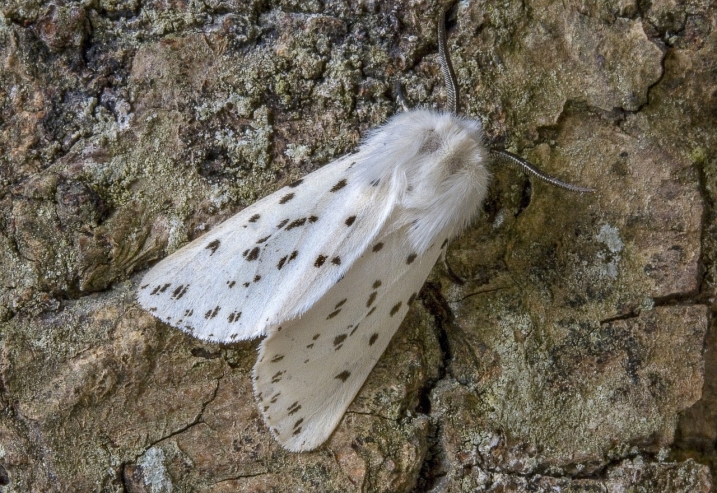
Photo shows white ermine moth.
See species such as the poplar hawk-moth, Hebrew character moth, and white ermine. Every day can bring something different!
To find out more about our free moth trapping sessions, visit our website.
